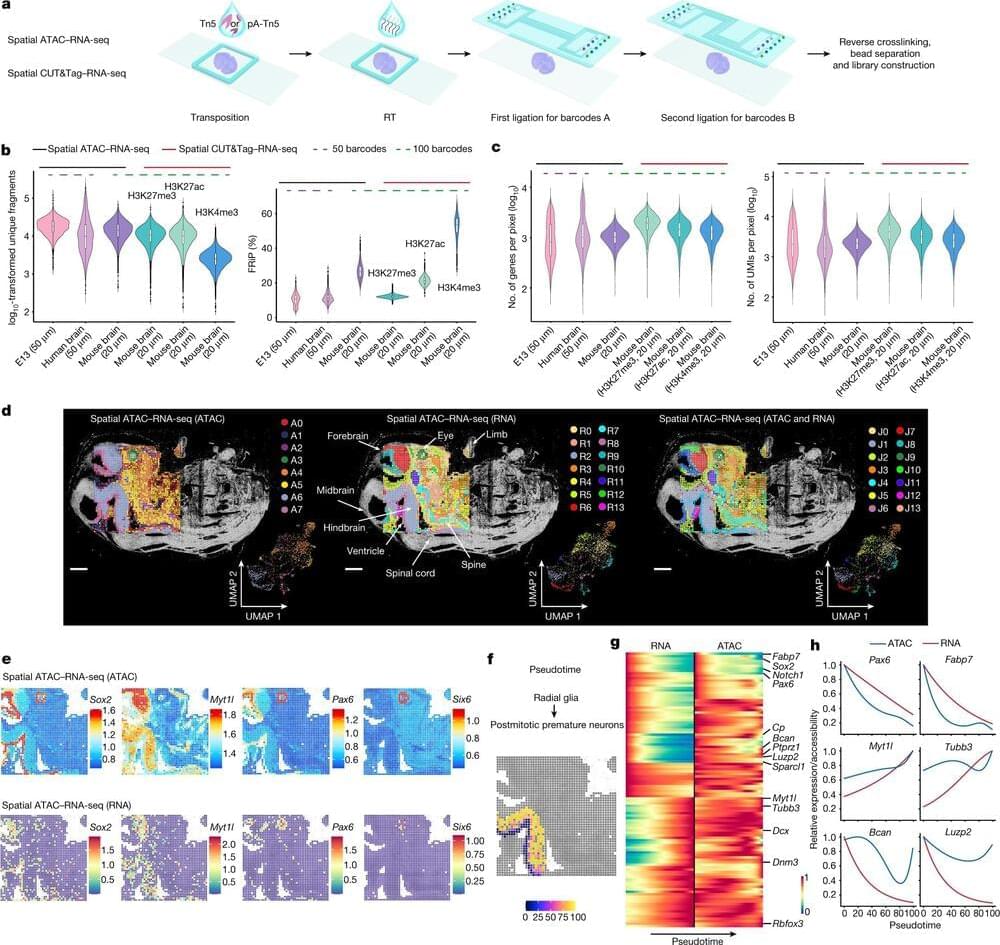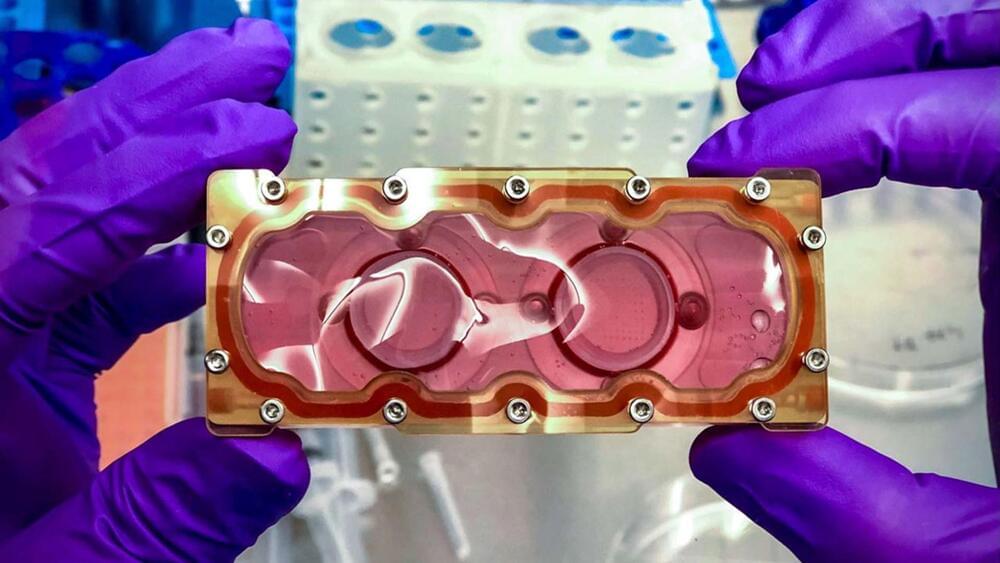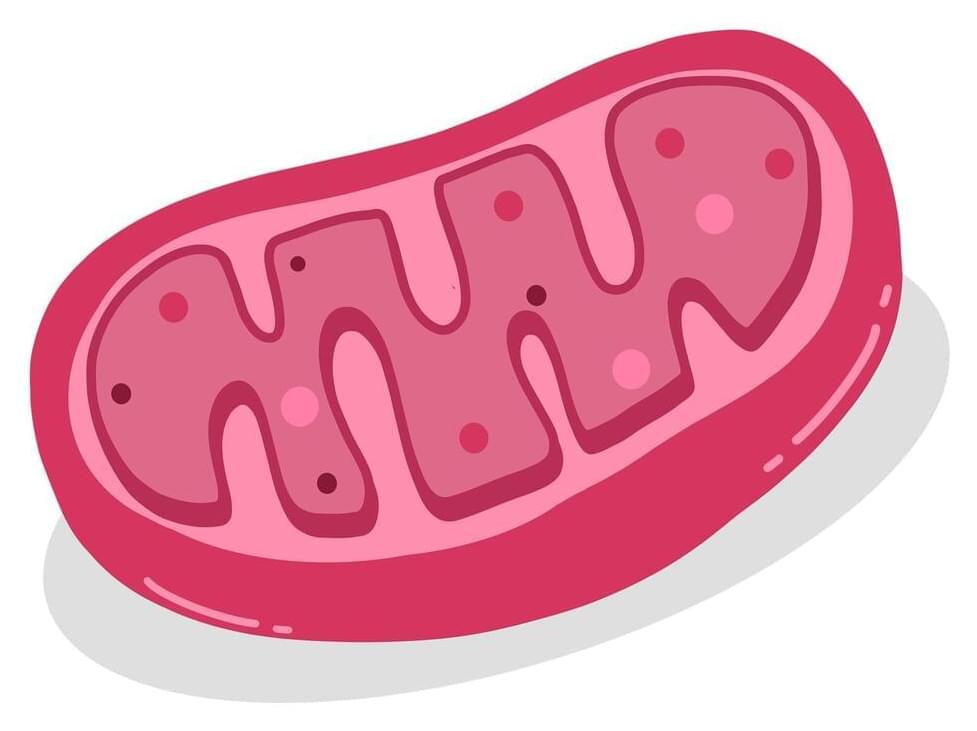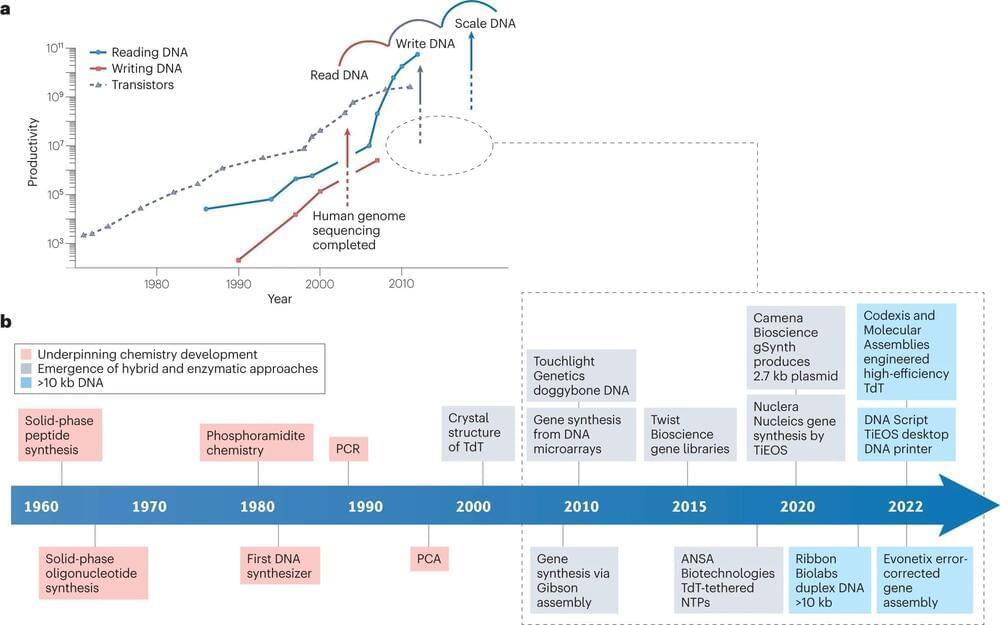A new study published in Nature reports that a technology known as spatial omics can be used to map simultaneously how genes are switched on and off and how they are expressed in different areas of tissues and organs. This improved technology, developed by researchers at Yale University and Karolinska Institutet, could shed light on the development of tissues, as well as on certain diseases and how to treat them.
Almost all cells in the body have the same set of genes and can in principle become any kind of cell. What distinguishes the cells is how the genes in our DNA are used. In recent years, spatial omics have given us a deeper understanding of how cells read the genome in precise locations in tissues. Now, researchers have further evolved this technology to increase knowledge of how tissues develop and how different diseases arise.
A key part of the study is the researchers’ ability to spatially map simultaneously two crucial components of our genetic makeup, the epigenome and the transcriptome. The epigenome controls the switching mechanisms that turn genes on and off in individual cells, whereas the transcriptome is the result of those gene expressions and what makes each cell unique.








